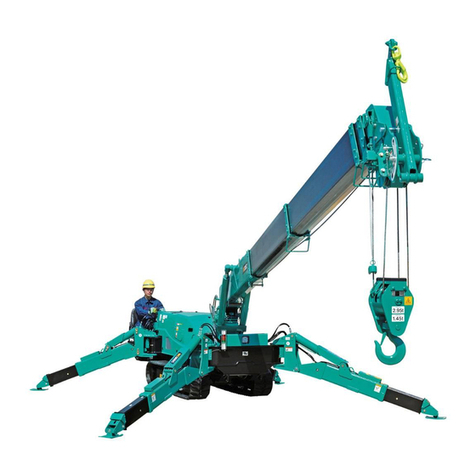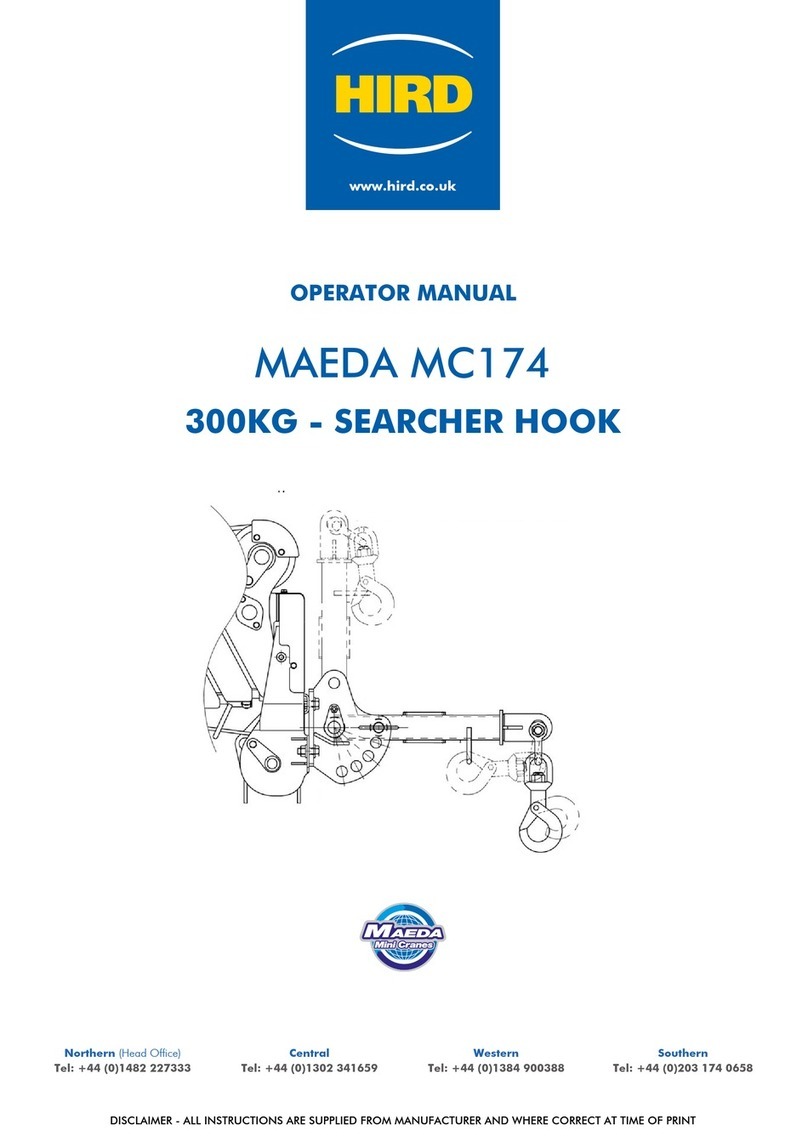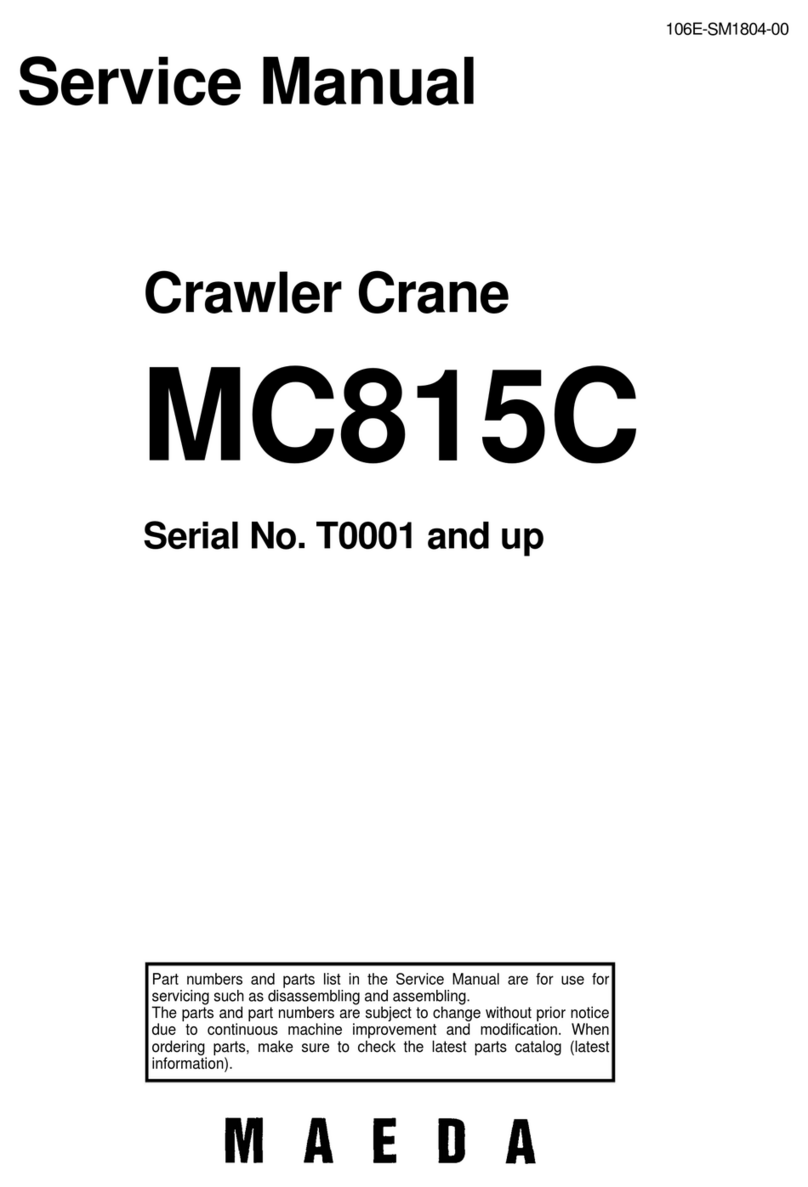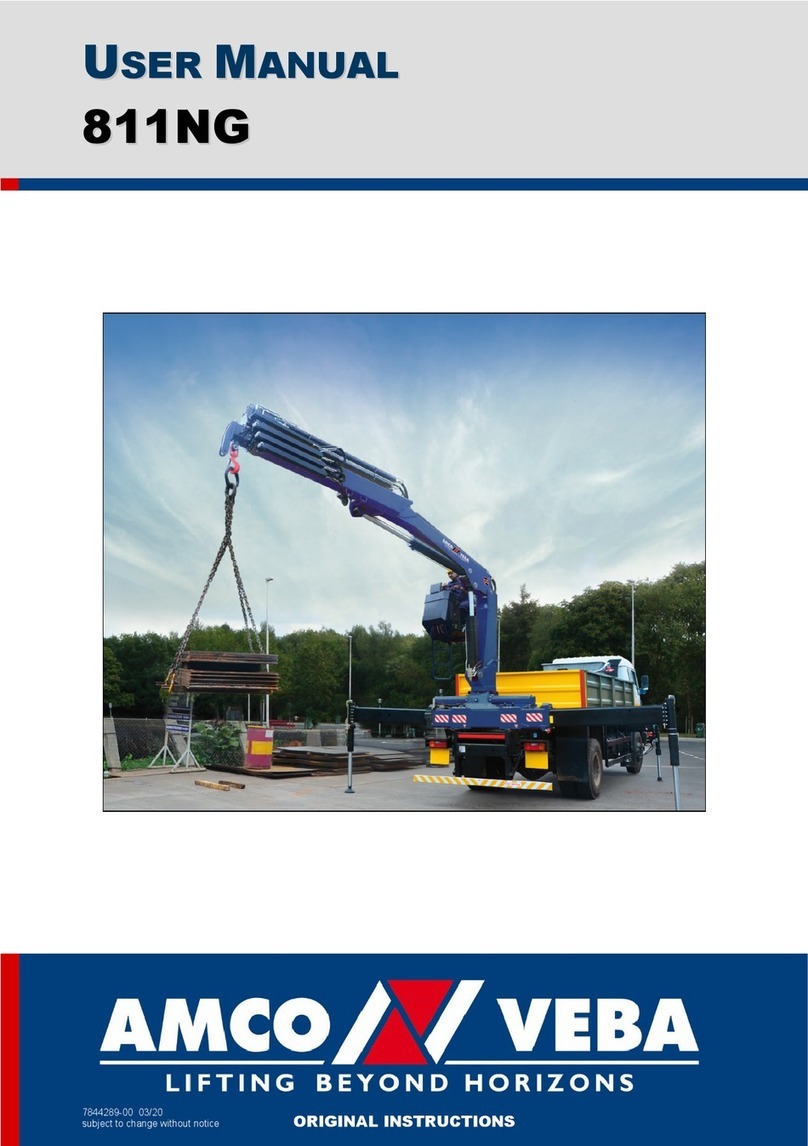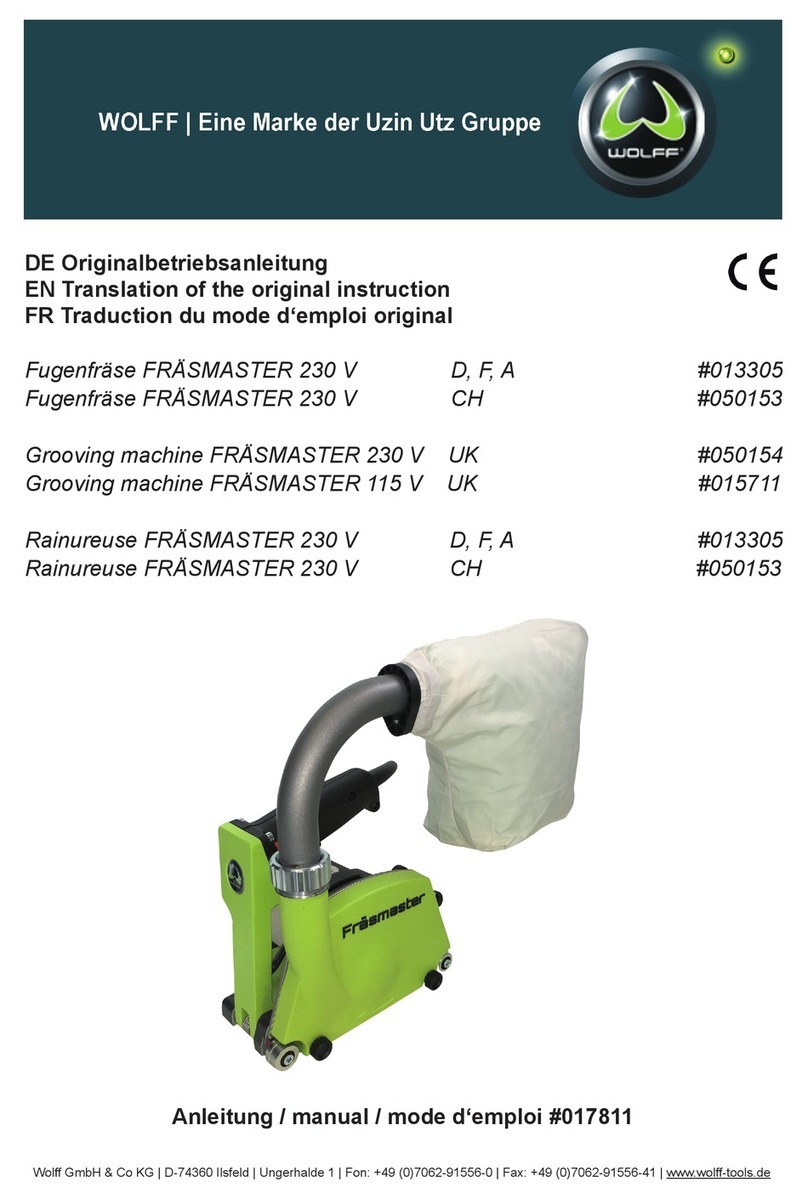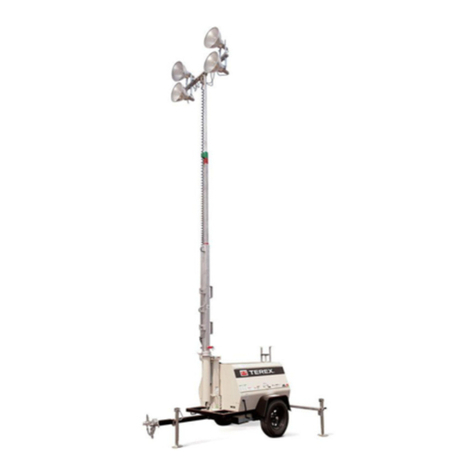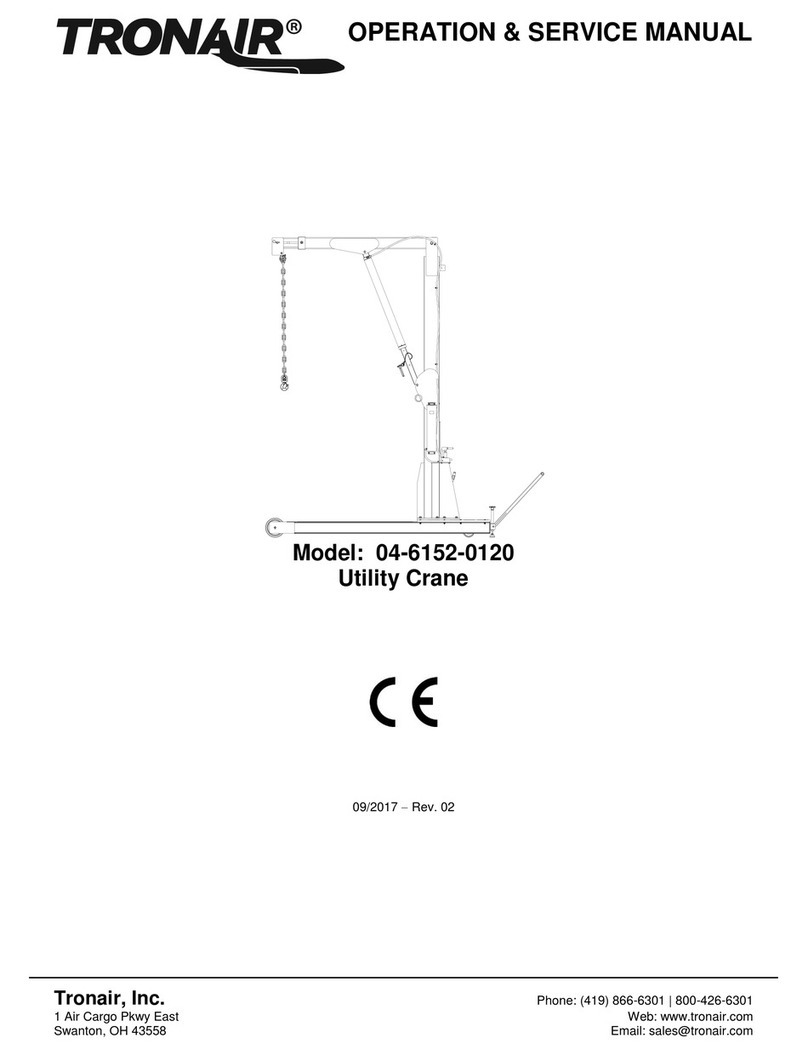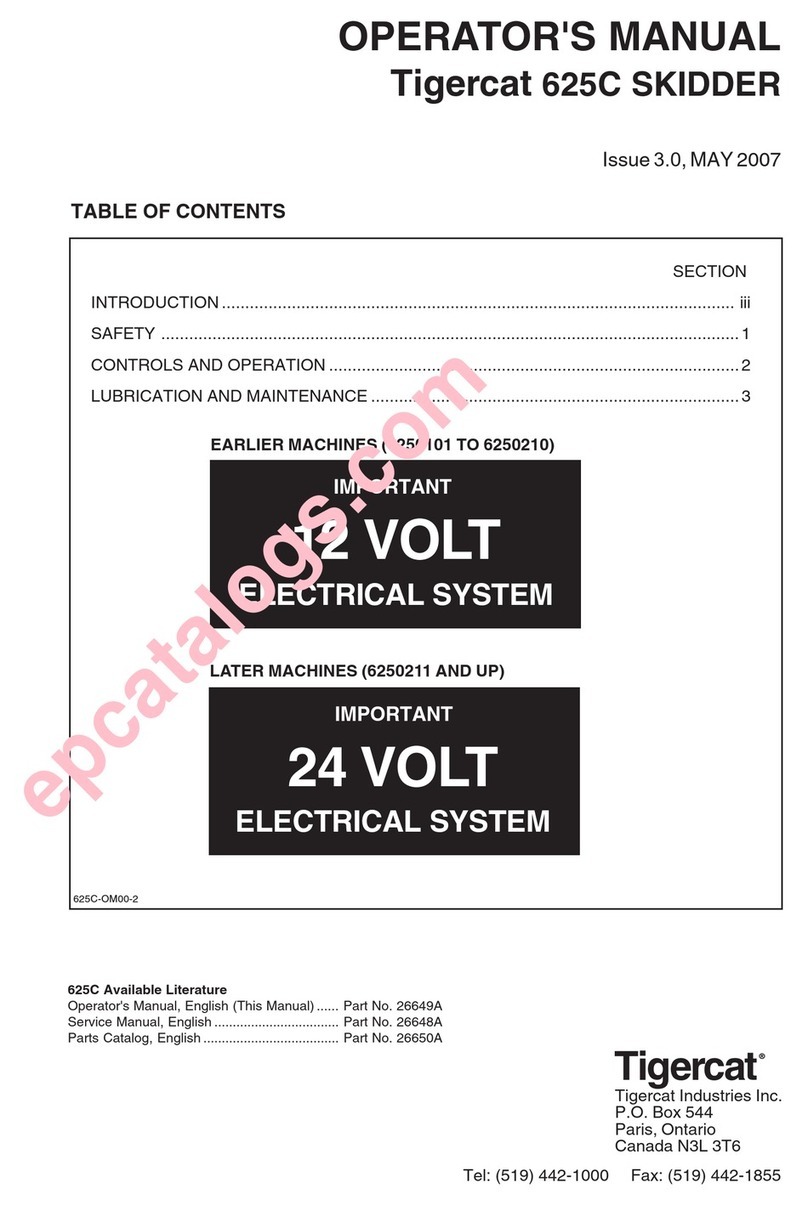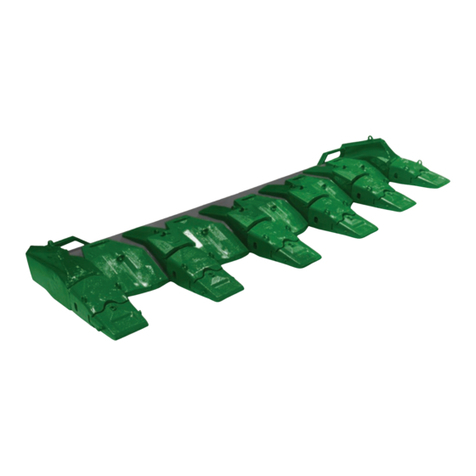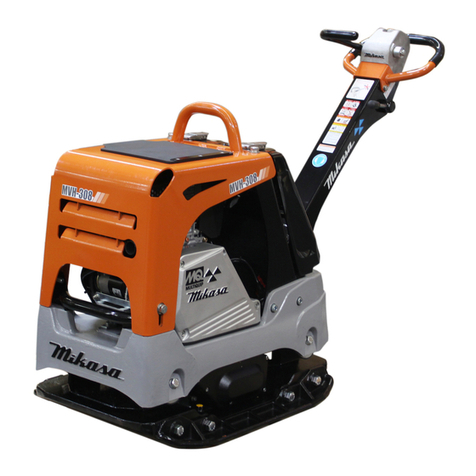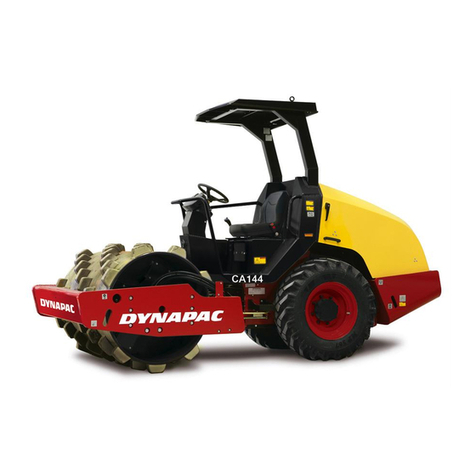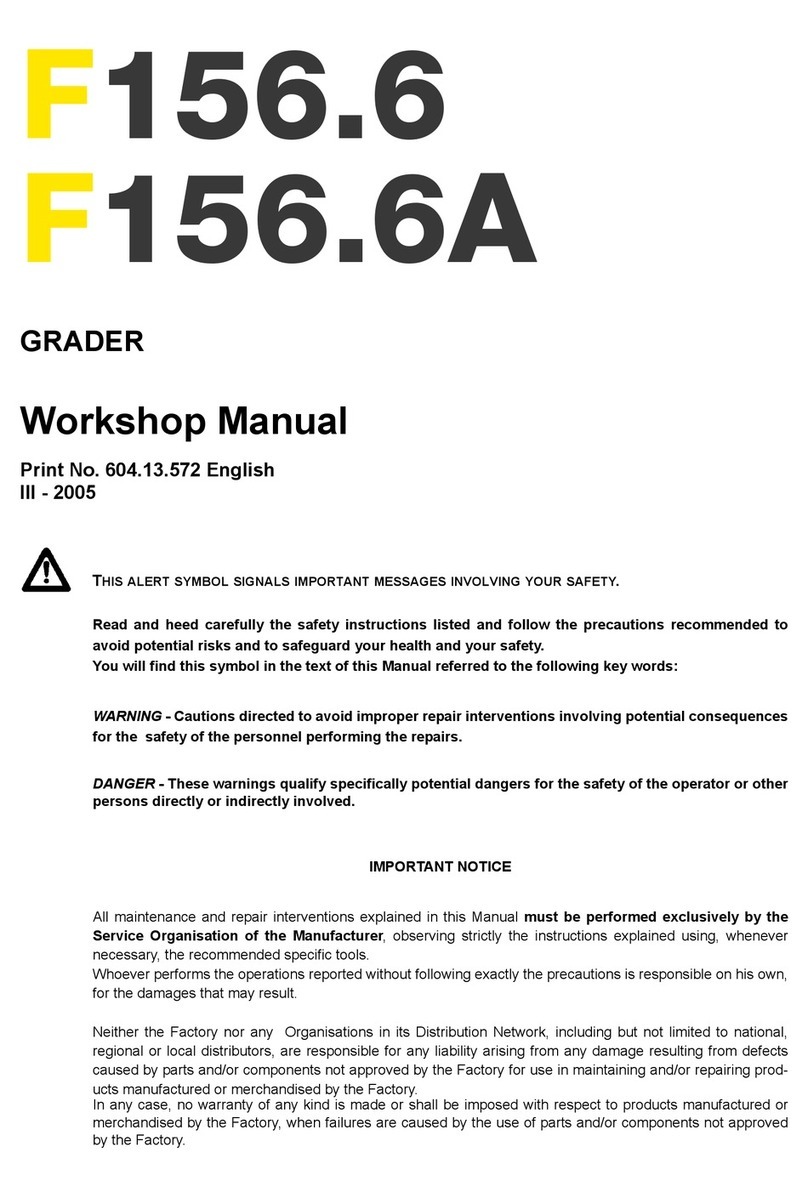Maeda MC-104C-2 User manual




















Table of contents
Other Maeda Construction Equipment manuals
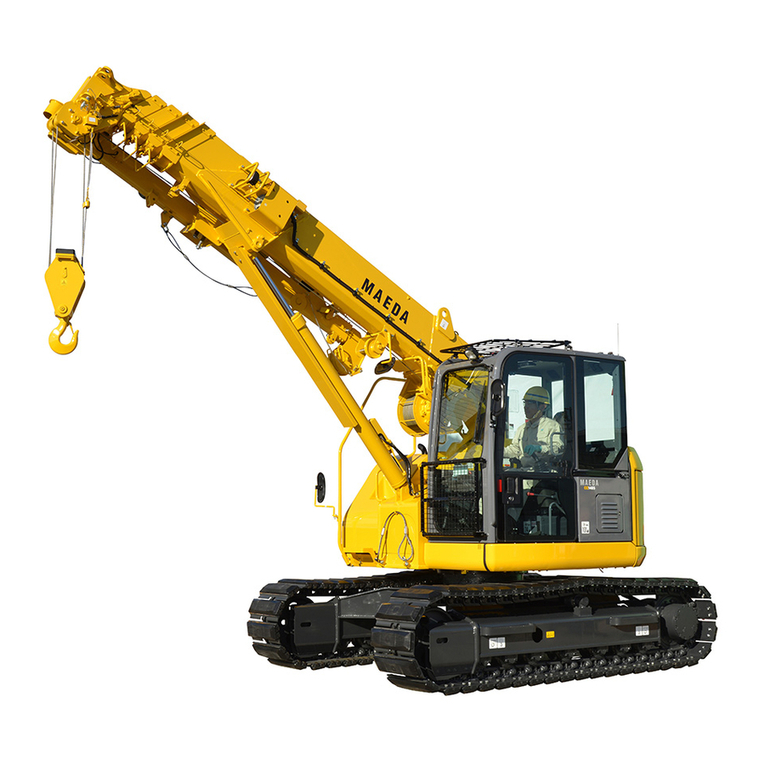
Maeda
Maeda CC1485S-1 User guide
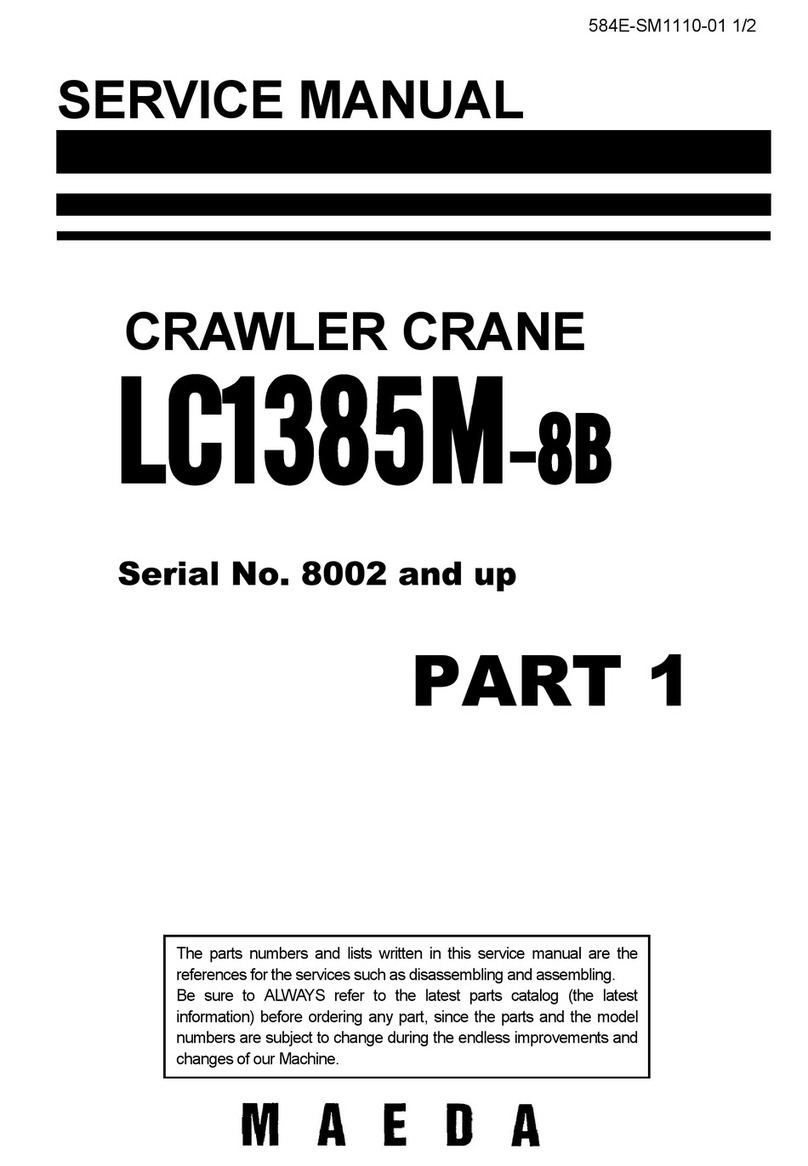
Maeda
Maeda LC1385M-8B User manual
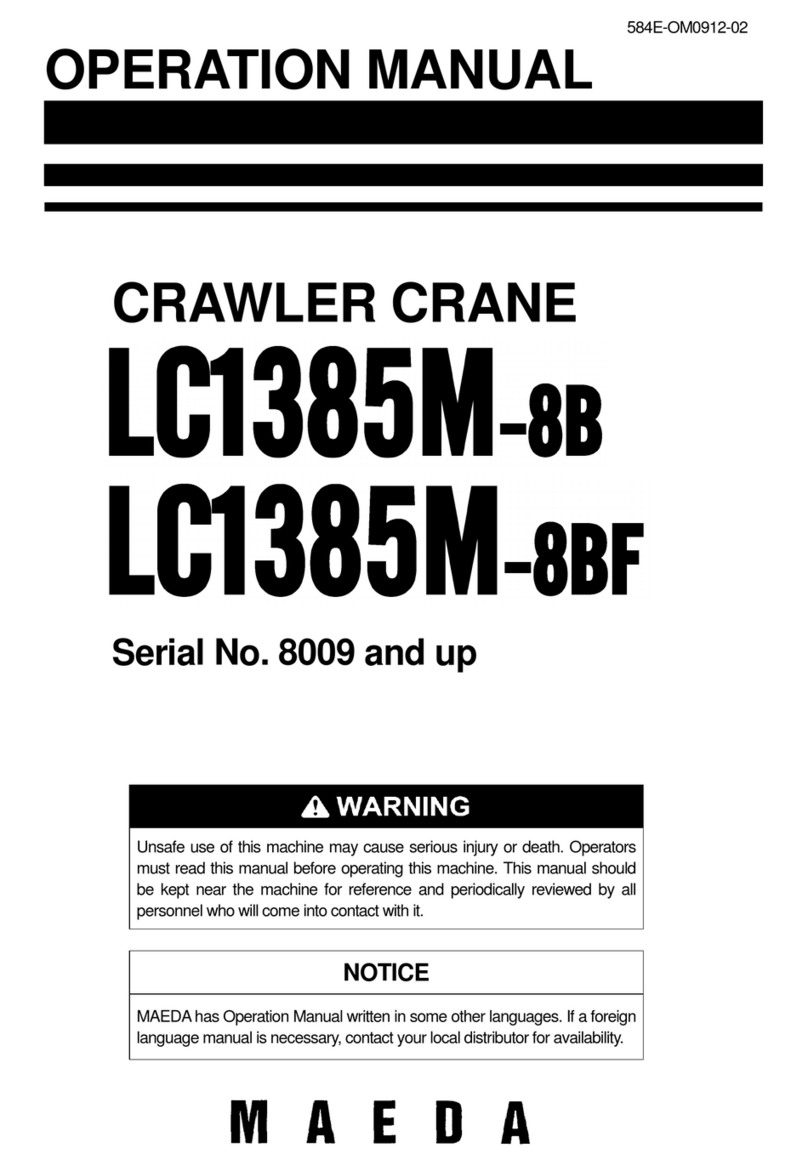
Maeda
Maeda LC1385M-8BF User manual
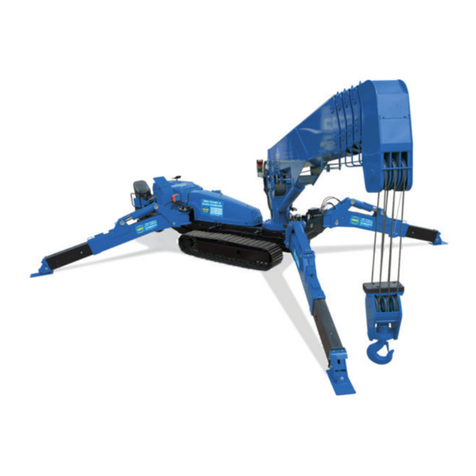
Maeda
Maeda HIRD MC815 User manual
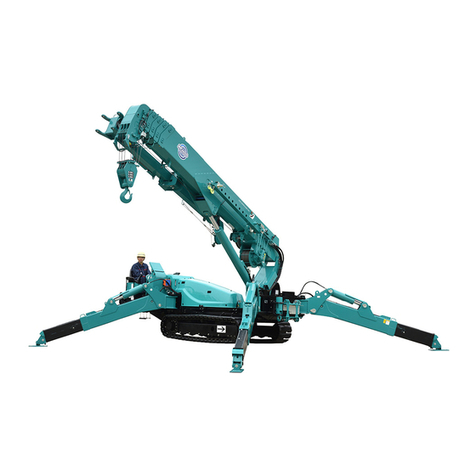
Maeda
Maeda MC815C User guide
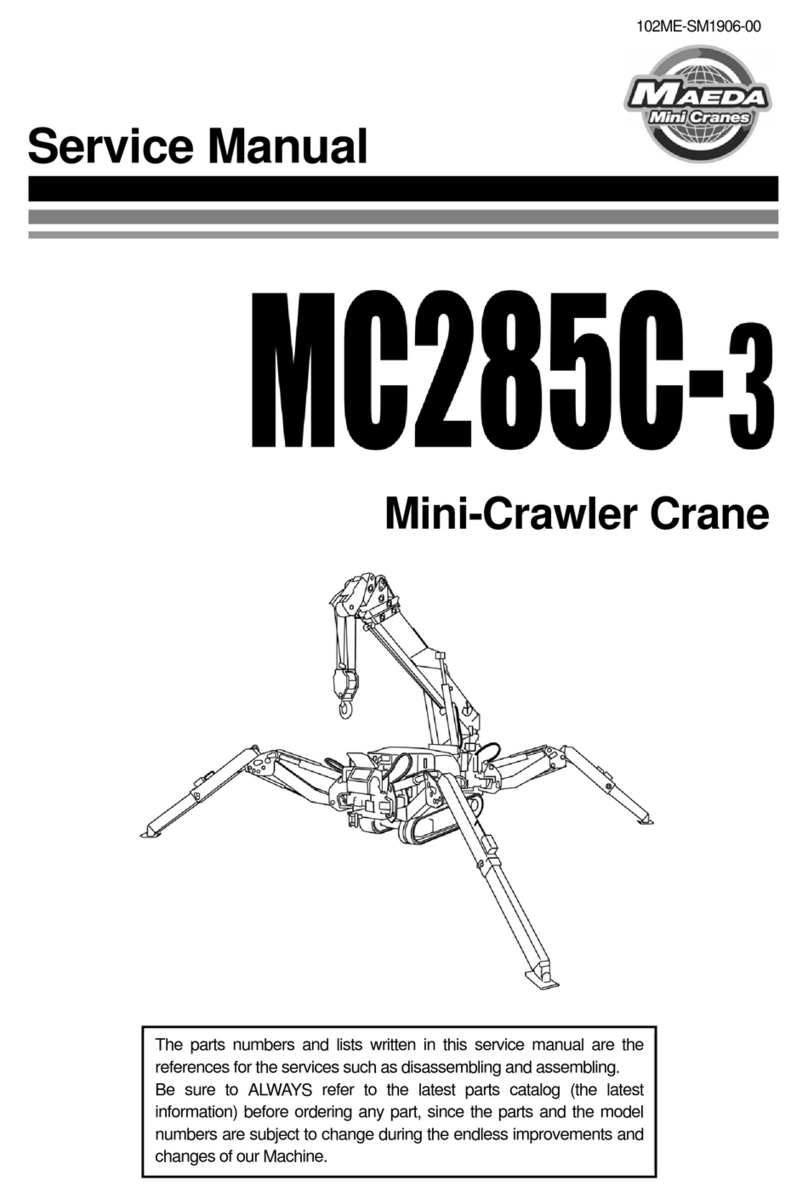
Maeda
Maeda MC285C-3 User manual
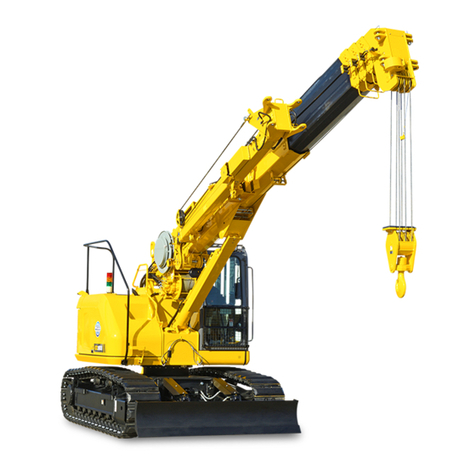
Maeda
Maeda CC1908S-1 User guide

Maeda
Maeda CC1908S-1 User manual
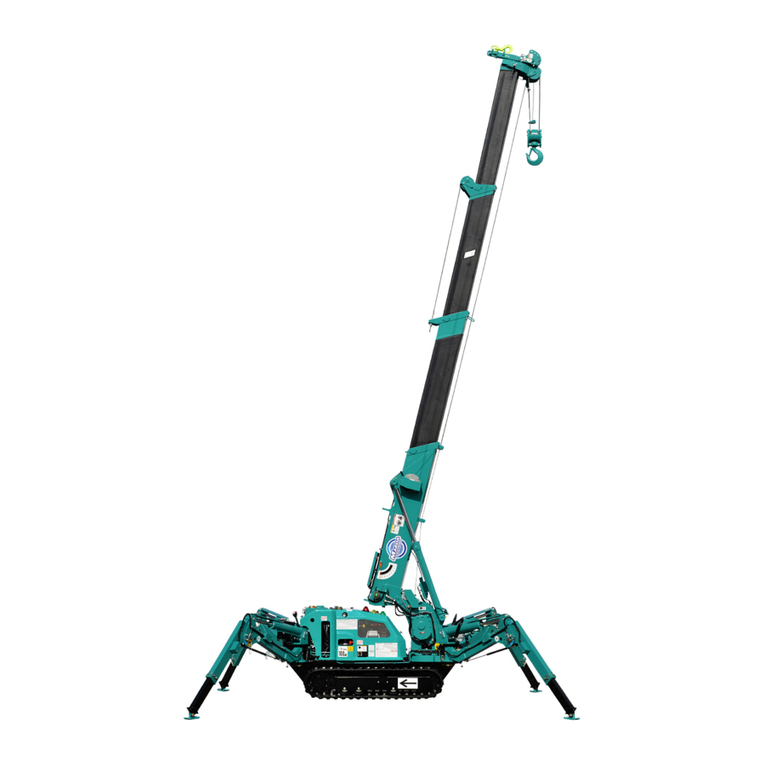
Maeda
Maeda MC-174CRM User manual

Maeda
Maeda MC285CB-3 User manual

Maeda
Maeda CC1485S-1 Installation manual

Maeda
Maeda MC815C User manual
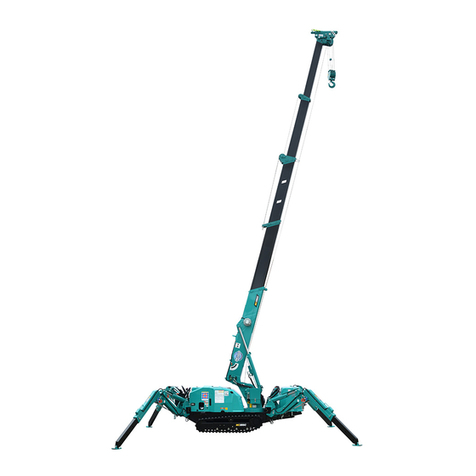
Maeda
Maeda MC285C-3 User manual

Maeda
Maeda MC405C-3 User manual

Maeda
Maeda CC1908S-1 User manual
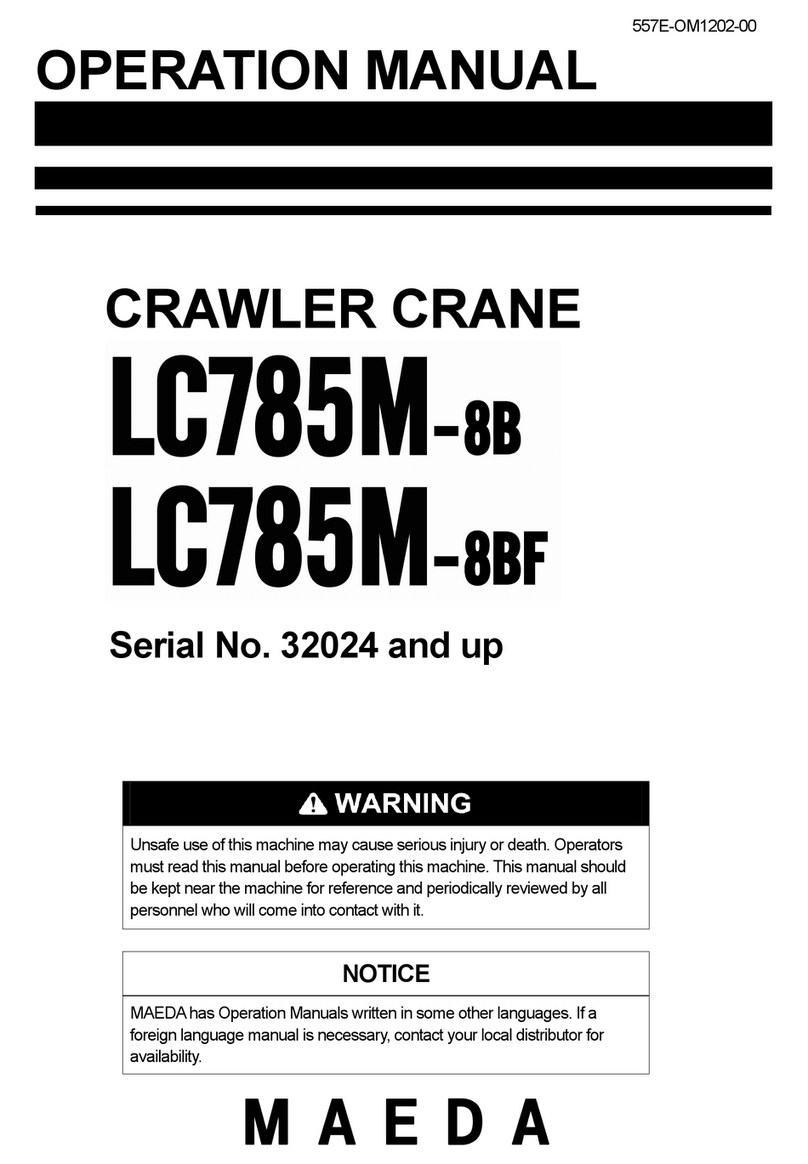
Maeda
Maeda LC785M-8B User manual
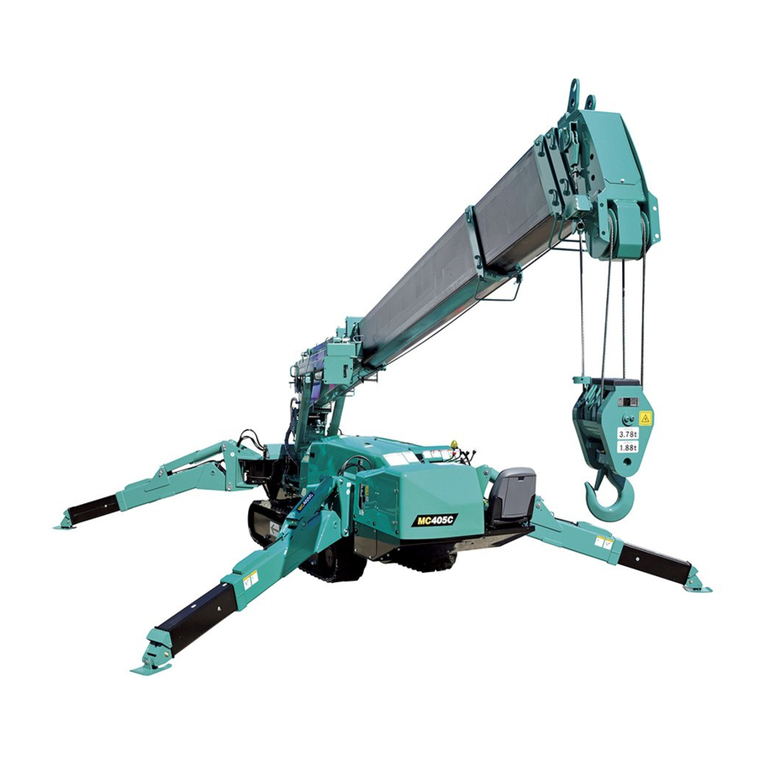
Maeda
Maeda MC405C-3 User manual
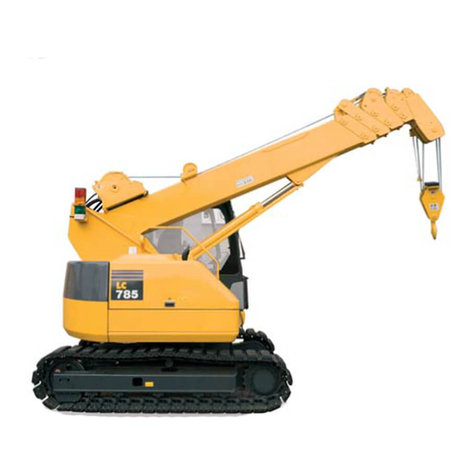
Maeda
Maeda LC785M-6B User manual
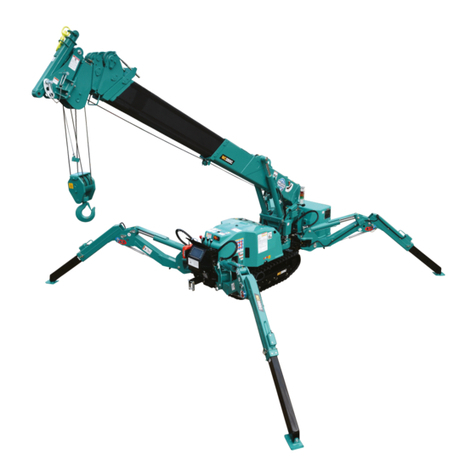
Maeda
Maeda MC-285C User manual
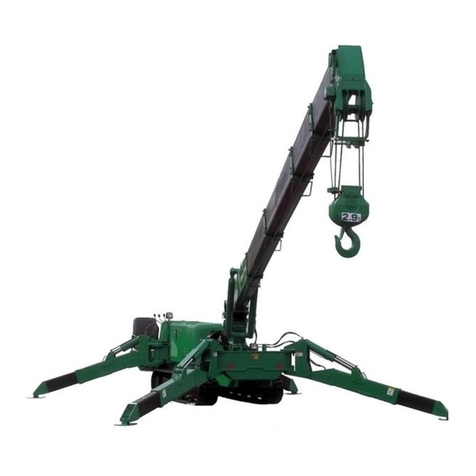
Maeda
Maeda MC-305C-2 User manual
Popular Construction Equipment manuals by other brands
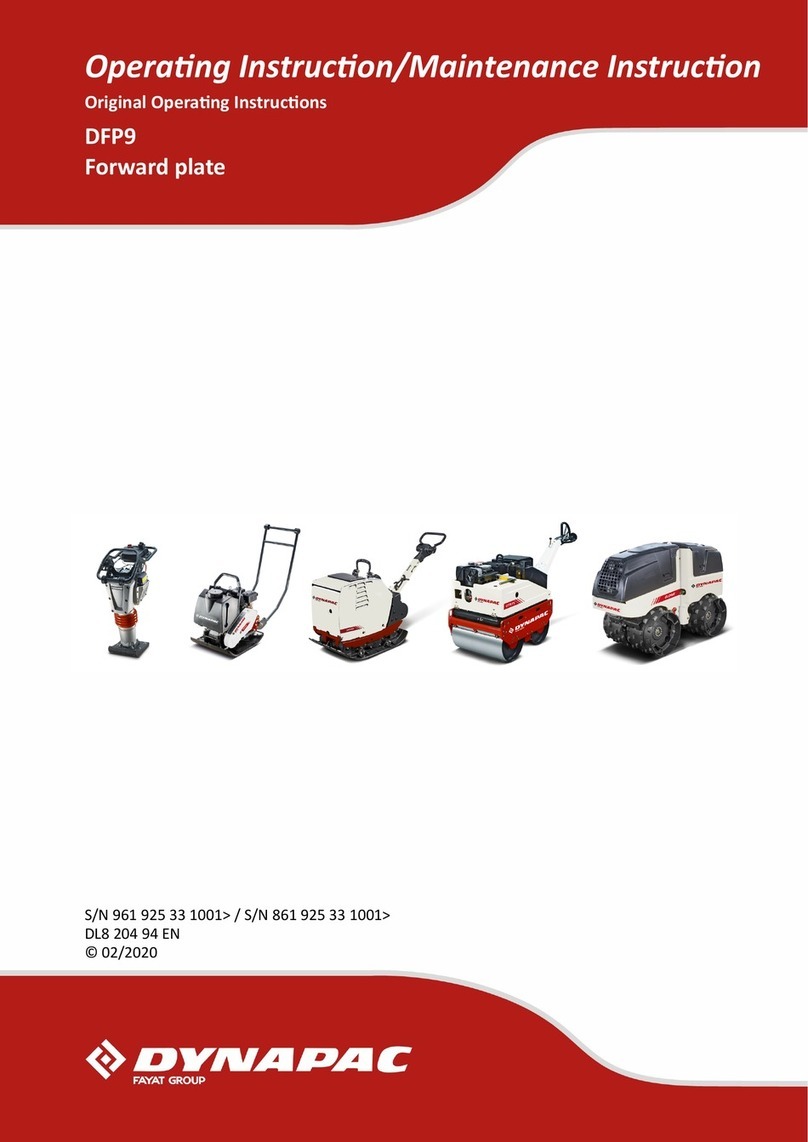
Fayat
Fayat Dynapac DFP9 Operating Instruction, Maintenance Instruction

Auto Crane
Auto Crane 6006EH owner's manual
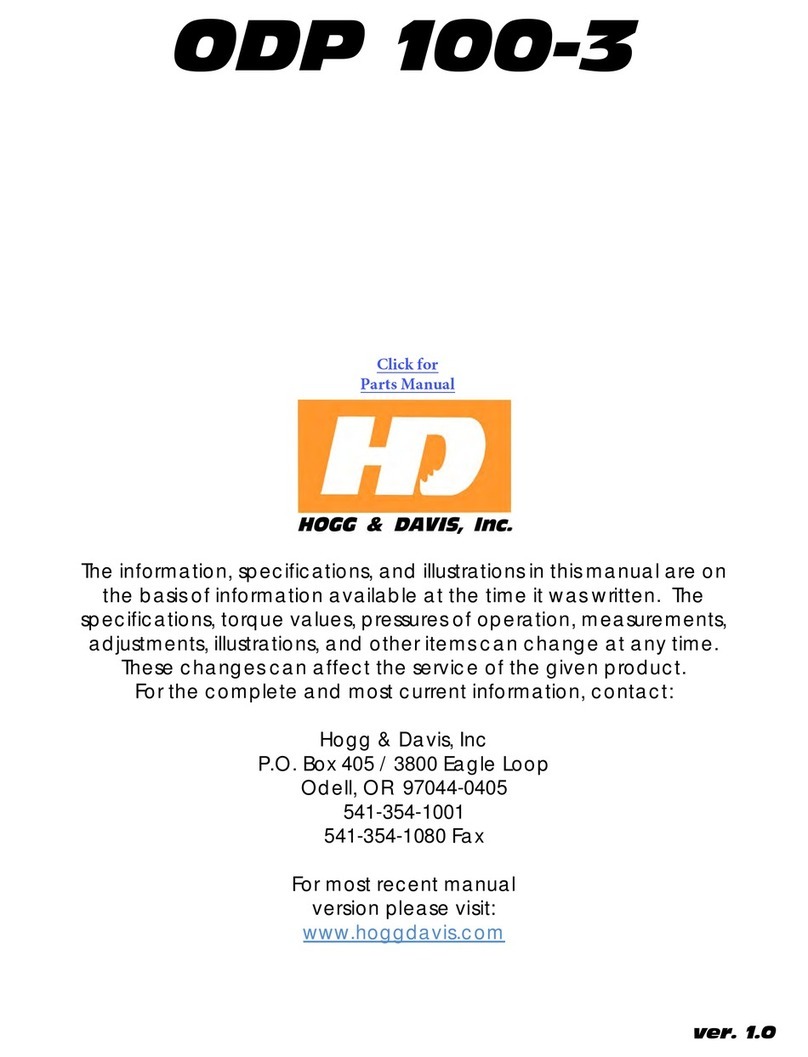
HOGG & DAVIS
HOGG & DAVIS ODP 100-3 manual
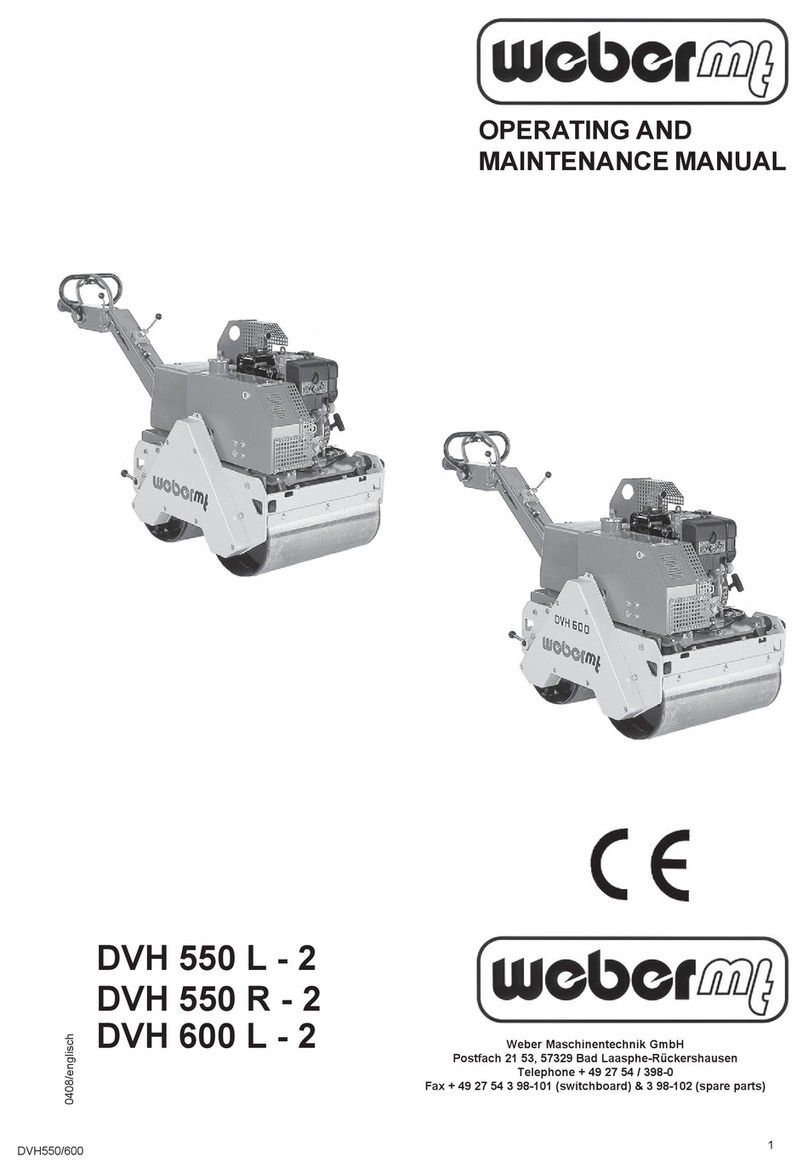
Weber mt
Weber mt DVH 550 L - 2 Operating and maintenance manual
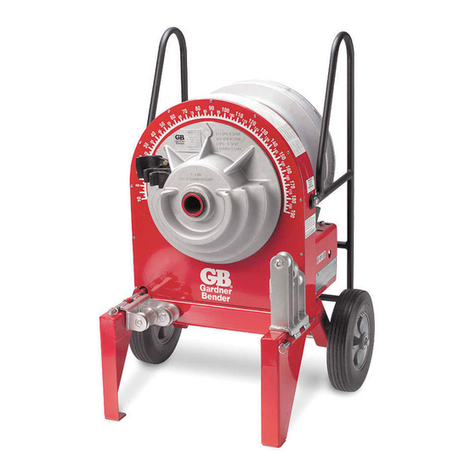
Gardner Bender
Gardner Bender Sidewinder B2555 Series instruction sheet
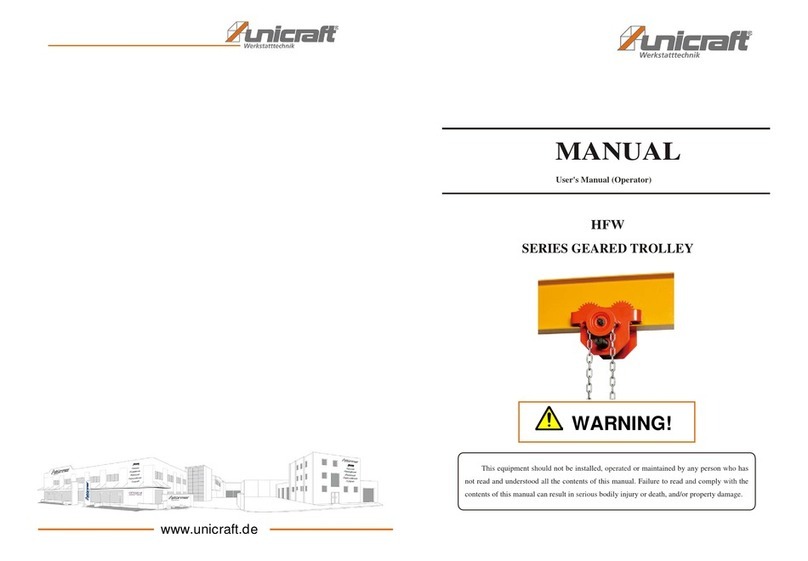
unicraft
unicraft HFW Series manual
